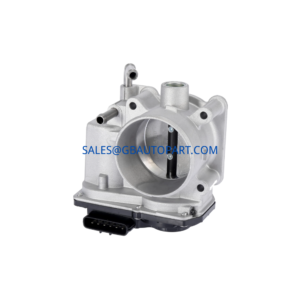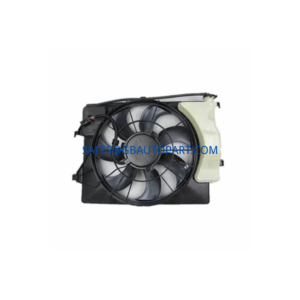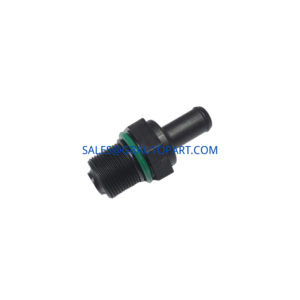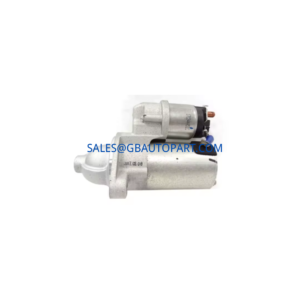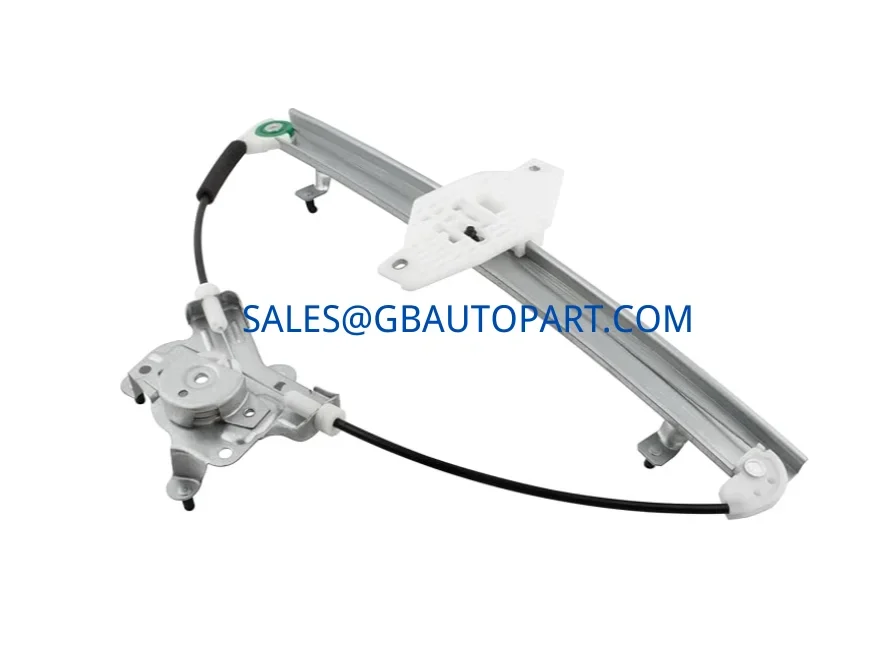
Introduction to a Critical Component: The Electric Window Regulator
In the complex world of automotive electrical systems, every component serves a specific, vital purpose. While many parts, like batteries and alternators, are widely understood, others, like the electric part 82403-H7010, often operate behind the scenes. This specific component is not just another part; it’s a highly specialized electric window regulator assembly for the front left door of certain Hyundai/Kia models. Its design, function, and seamless integration set it apart from other automotive parts, making it a cornerstone of modern vehicle convenience and safety.
The automotive landscape is rapidly evolving, with a growing emphasis on electric and electronic systems. As vehicles become more sophisticated, the precision and reliability of their electrical components are more important than ever. The 82403-H7010 exemplifies this trend, representing a crucial link in the chain of command that controls a vehicle’s power windows.
The Role of Electric Parts in Modern Vehicles

Before we dive into the specifics of the 82403-H7010, it’s important to understand the broader context of electric parts in a vehicle. The electrical system is the vehicle’s central nervous system, powering everything from the engine’s starting process to the infotainment system. This intricate network includes:
- Power Generation and Storage: The battery and alternator work together to store and generate the electricity needed to run all systems.
- Sensing and Control: A wide array of sensors and the Engine Control Unit (ECU) constantly monitor the vehicle’s performance and adjust functions accordingly.
- Actuators and Motors: These are the components, like the 82403-H7010, that translate electrical signals into physical action.
Each of these systems relies on a specific set of components that must work together seamlessly. The failure of just one part can disrupt the entire system, which is why choosing the correct and high-quality replacement is paramount.
Dissecting the 82403-H7010: Function and Design
So, what exactly is the 82403-H7010? It’s the front left door power window regulator assembly for specific Hyundai and Kia models, including the Kia Soluto and Kia Stonic. Its primary function is to convert the rotational motion of an electric motor into a linear motion that raises and lowers the window glass. This assembly is a complete unit, meaning it includes the regulator mechanism, the wire cables, and the pulley system, but not always the motor itself.
Unlike simple mechanical or manual window regulators, which rely on a hand crank and a gear system, the 82403-H7010 operates with the precision of an electric motor. When a driver presses the window switch, an electrical signal is sent to the motor, which in turn engages the regulator to move the window up or down.
The complexity of this component lies in its integrated design. The assembly is precisely engineered to fit within the confined space of a car door. Its cables and pulleys must be strong yet flexible, and the entire unit must be resistant to moisture and temperature fluctuations. This is what sets it apart from many other automotive components—it is a self-contained, electromechanical system designed for a single, specific purpose.
Key Features That Distinguish the 82403-H7010
While all automotive components are designed for a specific job, the 82403-H7010 stands out because of its unique combination of mechanical and electrical engineering. Here are the features that highlight its difference:
Precision and Durability
The 82403-H7010 must be incredibly precise to ensure the window moves smoothly and consistently. The design prevents the window from binding or rattling. The materials used, including the steel cables and plastic guides, are chosen for their durability, ensuring they can withstand thousands of cycles of use over the vehicle’s lifetime. This level of durability is critical because a failed window regulator can be both a major inconvenience and a security risk.
Seamless Integration
One of the most significant differences between OEM (Original Equipment Manufacturer) parts like the 82403-H7010 and generic aftermarket parts is their seamless integration. The OEM part is manufactured to the exact specifications of the original vehicle, guaranteeing a perfect fit and flawless operation with the existing electrical system. It’s designed to plug and play, eliminating the guesswork and potential compatibility issues often associated with non-OEM parts. This perfect fit ensures the window operates at the correct speed and has the proper “anti-pinch” safety features where applicable.
The Interplay of Electrical and Mechanical Systems
The 82403-H7010 is a perfect example of a mechatronic component, where mechanical and electrical systems are deeply intertwined. The electrical signal from the switch is the command, and the mechanical assembly is the action. The reliability of this component is directly tied to the harmony of these two systems. The motor, wiring, and the mechanical tracks and pulleys must all be in perfect working order for the window to function correctly. This is a contrast to purely mechanical parts like a brake caliper or a purely electrical part like a sensor. The failure of one part of this assembly, such as a frayed cable or a faulty motor, renders the entire unit inoperable.
The Value of Using the Correct Component
For vehicle owners and professional mechanics, choosing the correct part number is not a minor detail—it’s a critical decision. Using the genuine 82403-H7010 offers several key advantages over lower-quality alternatives:
- Guaranteed Performance: A genuine part guarantees the same performance, reliability, and safety features as the one originally installed in the vehicle.
- Ease of Installation: Since the part is a direct fit, installation is straightforward, reducing labor time and the risk of improper installation.
- Longevity: OEM parts are built to last, providing peace of mind and reducing the likelihood of needing another repair in the near future.
- Maintained Vehicle Value: Using genuine parts for repairs helps maintain the vehicle’s integrity and value, which can be an important factor when it comes time to sell.
Conclusion: A Small Part with a Big Impact
In the vast ecosystem of automotive parts, the electric part 82403-H7010 may seem like a small piece of the puzzle. However, its sophisticated design, dual electrical and mechanical function, and seamless integration with specific vehicle models demonstrate its critical importance. It is a prime example of a part that, while not in the spotlight, underpins the daily convenience and functionality we expect from our modern vehicles. For anyone looking to repair their vehicle, understanding the unique qualities of specialized components like the 82403-H7010 is the first step toward making an informed choice that ensures safety, reliability, and long-term value.
FAQ
Q1: What is the difference between a window regulator and a window motor? A: The window regulator is the mechanical assembly that physically moves the window glass up and down. The window motor is the electrical component that powers the regulator. Some parts, including the 82403-H7010, are sold as a complete assembly, while others may require you to purchase the motor separately.
Q2: How do I know if I need to replace my window regulator? A: Common signs of a failing window regulator include a grinding or clicking noise when you try to operate the window, the window moving slowly or getting stuck, or the window falling down into the door after you close it.
Q3: Can I use an aftermarket part instead of the genuine 82403-H7010? A: While many aftermarket parts are available, it’s generally recommended to use an OEM or high-quality OEM-equivalent part for critical components. Genuine parts like the 82403-H7010 ensure a perfect fit, reliable operation, and are often backed by a manufacturer’s warranty, which can save you time and money in the long run.



